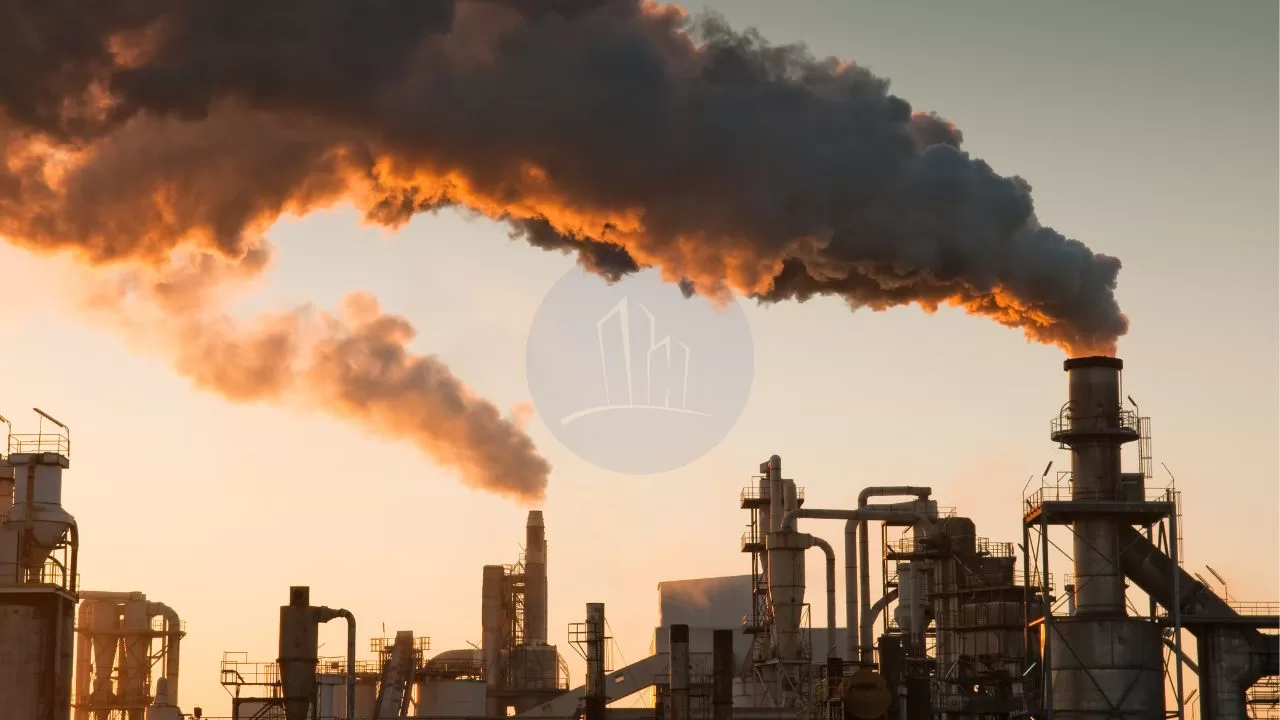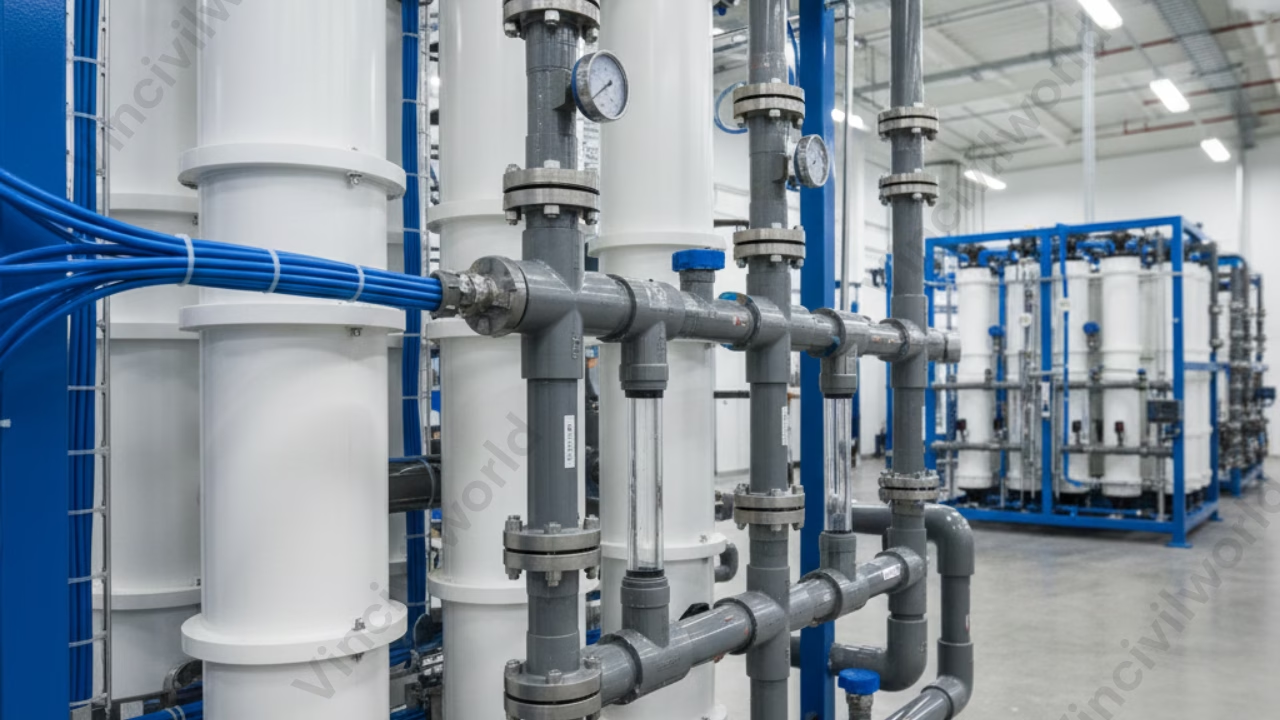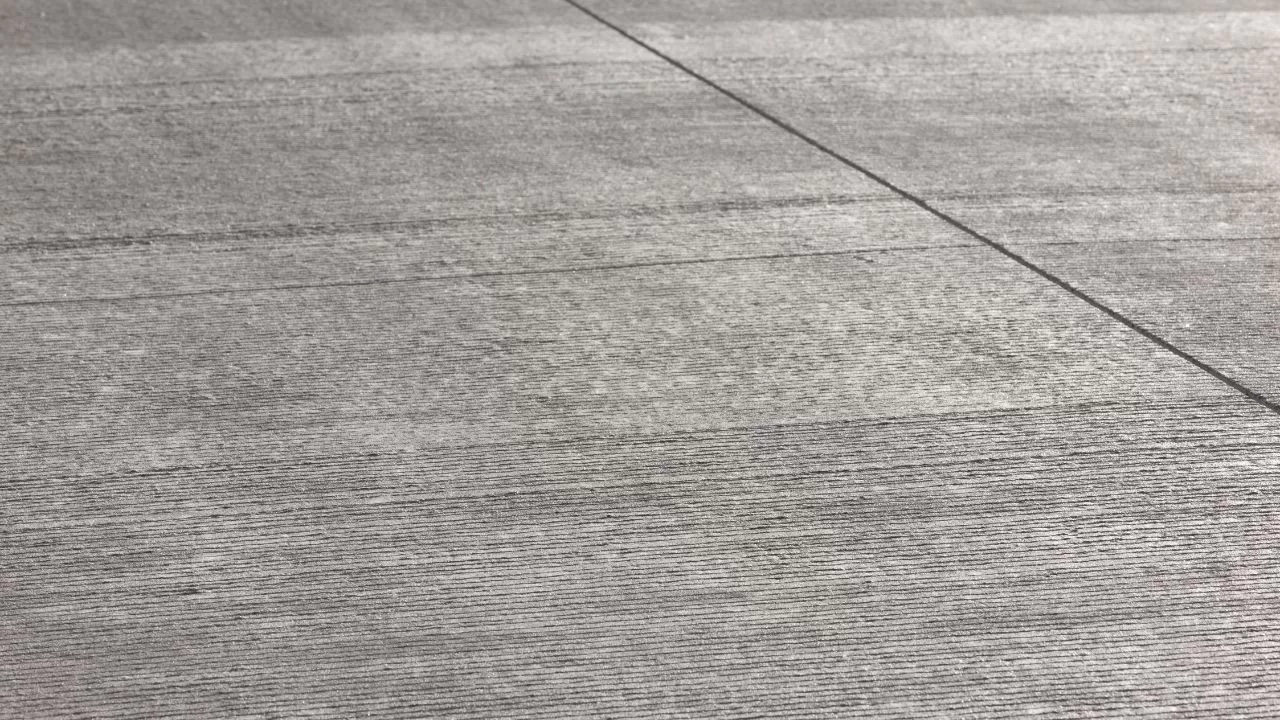Glass fiber reinforced concrete or GFRC is made up of portland cement, fine aggregate, water, acrylic copolymer, alkali-resistant glass fibre, reinforcement, and additives. Glass fiber reinforced concrete or GFRC is a type of fiber-reinforced concrete. The glass fibres used in Glass Fiber reinforcement concrete give this distinctive compound its strength. Alkali-resistant fibres serve as the primary tensile load-carrying member, while the polymer and concrete mix holds the fibres together. It assists in the transfer of load from one element to another.
Glass fiber reinforced concrete of GFRC is mainly used in exterior building façade panels and as architectural precast concrete. Somewhat similar materials are fibre cement siding and cement boards. They consist of high-strength, alkali-resistant glass fibre embedded in a concrete matrix.
In this form, both fibres and matrix retain their physical and chemical identities, while offering a synergistic combination of properties that cannot be achieved with either of the components acting alone.
Let’s get into each of them now.
Table of contents
Glass Fiber Reinforcement Concrete – Ingredients
The main ingredients used in Glass Fiber Reinforced Concrete is as follows
- Cement
- Fine aggregates
- Polymer
- Water
- Glass fiber
Cement
- Ordinary Portland cement is normally used
- It was tested for its physical properties in accordance with IS standards.
Fine Aggregates
- The fine aggregates usually should be river sand.
- The fine aggregates used passed through a 4.75mm sieve and had a specific gravity of 2.68. The fine aggregates belonged to Zone II according to IS 383. 2
Polymers
- Acrylic polymer is typically preferred over EVA or SBR polymers for GFRC. Acrylic is non-retweetable, so once dry, it will not soften or dissolve, nor will it yellow from exposure to sunlight.
- The solids content of most acrylic polymers used in GFRC ranges from 46% to over 50%.
- Typically, the polymer dose is 4%- 7% solids by weight of cementitious material depending on the design.
Water
Ordinary tap water which is safe and potable for drinking and washing was used to produce the concrete
Glass Fibers
- Glass fibre, also known as fibreglass is made from extremely fine fibres of glass.
- It is a lightweight, extremely strong and robust material. Glass fibre, the most popular of the synthetics, is chemically inert, hydrophobic, and lightweight.
- They are manufactured as continuous cylindrical monofilaments that can be cut to specific lengths or cut as films and tapes before being formed into fine fibrils with rectangular cross-sections. Glass fibers that can withstand alkalis are a crucial part of GFRC. When using the spray-up method of casting, your sprayer will automatically cut the fibers and add them to the mixture as you apply it. If you’re casting with a premix or a hybrid method, you’ll have to mix the fibres along with other ingredients.
- Although fibre content varies, it usually ranges from 3% to 7% of the total cementitious weight. High fibre content increases strength but decreases workability. Unlike most concrete mix design ingredients, fibres in GFRC are not calculated as a percentage of dry cementitious weight. Instead, they are calculated as a percentage of total weight. As a result, calculating fibre load in GFRC mix designs becomes quite complicated. Glass fibre, when used at a rate of at least 0.1 per cent by volume of concrete, reduces plastic shrinkage cracking and subsidence cracking over steel reinforcement.
Other Admixtures
- Other ingredients to consider include pozzolans (such as silica fume, metakaolin, or VCAS) and superplasticizers.
So, we dug deep into the inside of Glass fiber reinforced concrete. Next, let me walk you through the advantages of GFRC.
Glass Fiber Reinforced Concrete – Casting Process
GFRC is typically cast using two methods ie: spray up and premix. Let’s take a quick look at both, as well as a less expensive hybrid option.
Spray-Up
The fluid concrete mixture is sprayed into the forms, similar to shotcrete. The process employs a specialised spray gun to apply the fluid concrete mixture while simultaneously cutting and spraying long glass fibres from a continuous spool. Spray-up produces very strong GFRC due to the high fibre load and long fibre length, but the equipment is very expensive.
Premix
Premix incorporates shorter fibers into the fluid concrete mixture before it is sprayed or poured into moulds. Spray guns for premix do not require a fiber chopper, but they can be very expensive. Premix has less strength than spray-up because the fibers are shorter and distributed more randomly throughout the mix. The cost and strength are comparatively lesser than spray up method.
Hybrid method
An inexpensive hopper gun can be used to apply the face coat while a handpacked or poured backer mix is used to create GFRC using a hybrid technique. A thin, fiber-free face (referred to as a mist coat or face coat) is sprayed into the moulds, and the backer mix is then packed in by hand or poured in, much like ordinary concrete. This is the method most concrete countertop manufacturers employ. This is an inexpensive way to get started. However, it is critical to carefully create both the face mix and the backer mix. This is to ensure similar consistency and makeup, as well as to know when to apply the backer coat. While doing so the backer coat can adhere properly to the thin mist coat without tearing it.
This method is comparatively inexpensive when compared to other two methods. The face and backer mix are applied at different times ensure to have similar make up of mixes to prevent curling
Glass Fiber Reinforcement Concrete Advantages
The main advantages are,
Low weight and high strength of Glass Fiber Reinforced Concrete
- Self-weight of structures decreases when Glass Fiber Reinforced Concrete (GFRC) is used and demands on foundations are reduced.
- GFRC cladding is suitable even for very high-rise buildings and offers good performance under seismic loading.
Freedom of shape of Glass Fiber Reinforced Concrete
- GRC is easily moldable into a wide range of shapes, including intricate grilles, panels with a double curvature and 3-D objects.
- The high freedom of shape permits the production of structurally very efficient elements.
- Easily cast, it can produce items with very fine details and reproduce very complex features and elements of both modern and historic buildings.
3. Durability
- Basic reinforcement is non-ferrous and the GRC products are not susceptible to corrosion as in traditional reinforced concrete.
- Low permeability and a very slow rate of carbonation offer protection against the corrosion of steel in adjacent reinforced concrete.
- GFRC has an inherently high resistance to extreme exposure conditions (freeze/thaw, fire etc.)
The appearance of Glass Fiber Reinforced Concrete
- An extremely wide range of attractive surface finishes is available.
- It satisfies the highest requirements for an aesthetic appearance of new structures and is capable of matching the colour and texture of surfaces of existing buildings.
- Durable and brightly coloured surfaces with enhanced self-cleaning can be achieved in a variety of textures and shapes.
Environment
- The relatively low weight of GRC products reduces CO2 emissions associated with their transport.
- There are no Volatile_organic_compounds or other pollutants emitted from the material itself, neither in production nor in use.
- GRC is fully recyclable into concrete and other applications.
- In addition, the photocatalytic E-GRC reduces directly and significantly the concentration of pollutants in the surrounding air, leading to a better quality of the environment.
- This is good especially in congested urban centres and at a minimal additional cost.
Also read: 3 d Printing buildings |Concrete Printing & Contour Crafting Methods Full Guide
Now, how about a quick glance through the applications?
Applications of Glass Fiber Reinforced Concrete
Due to its versatility the range of GFRC is growing.
- All the categories of buildings have been constructed using GFRC
- Small, simple and unsophisticated items for everyday use are made using GFRC on a large-scale
- Architects prefer GFRC to fulfil high structural complexity, size of construction elements, and freedom of shape to achieve spectacular appearance, durability and the highest quality
- Positive environmental performance
That’s it. Time to sum up.
Key Takeaways
Glass Fiber Reinforced Concrete (GFRC) is a composite material made from Portland cement, fine aggregates, water, acrylic copolymer, alkali-resistant glass fibers, and additives. The primary strength in GFRC comes from alkali-resistant glass fibers, which act as the main tensile load-carrying element, while the polymer and concrete matrix hold the fibers together and transfer loads. GFRC is lightweight, strong, and durable, making it ideal for exterior building facades, architectural precast panels, and complex shapes. Its advantages include reduced structural weight, high moldability, excellent durability, and resistance to corrosion and harsh environmental conditions. The main casting methods are spray-up, premix, and hybrid, each offering varying strength and cost benefits.
Conclusion
Glass Fiber Reinforced Concrete (GFRC) stands out as a modern building material that combines the benefits of glass fibers and concrete to deliver lightweight, high-strength, and durable architectural solutions. Its unique composition, which includes alkali-resistant glass fibers, polymers, and fine aggregates, allows for the creation of intricate shapes and detailed finishes while maintaining excellent structural performance. GFRC’s resistance to corrosion, low permeability, and adaptability in casting methods (spray-up, premix, hybrid) make it a preferred choice for innovative facades and architectural features. As construction demands evolve, GFRC continues to offer sustainable, aesthetic, and high-performance solutions for contemporary building needs.





